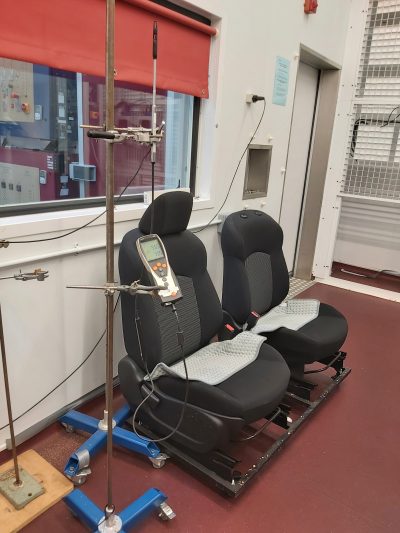
Megan Stevens
Undergraduate degree in Psychology, then started the MSc Ergonomics and Human Factors course.

Undergraduate degree in Psychology, then started the MSc Ergonomics and Human Factors course.
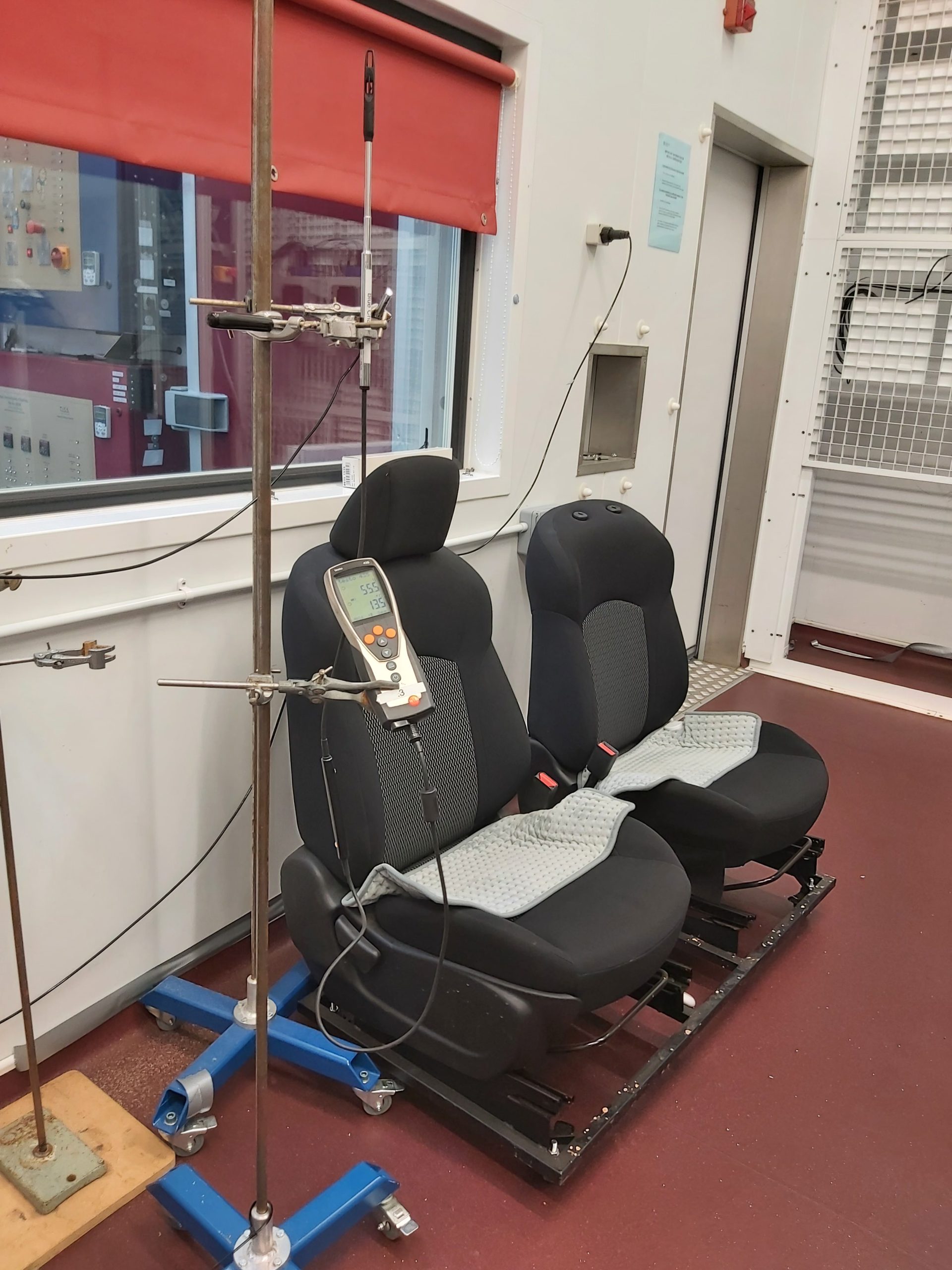
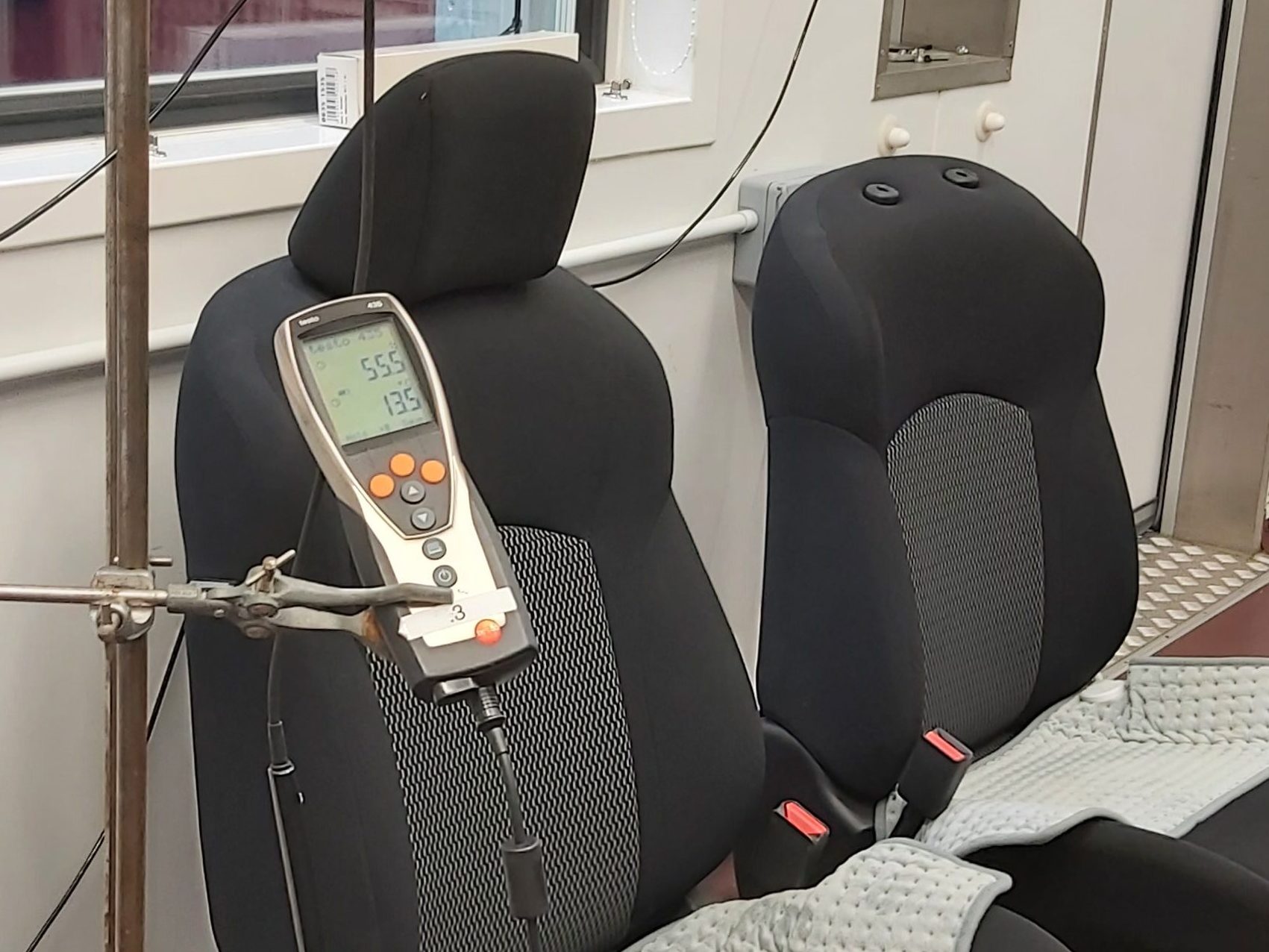
To investigate the impact of both steady and cyclical patterns of local heating on thermal comfort, sensation and skin temperature.
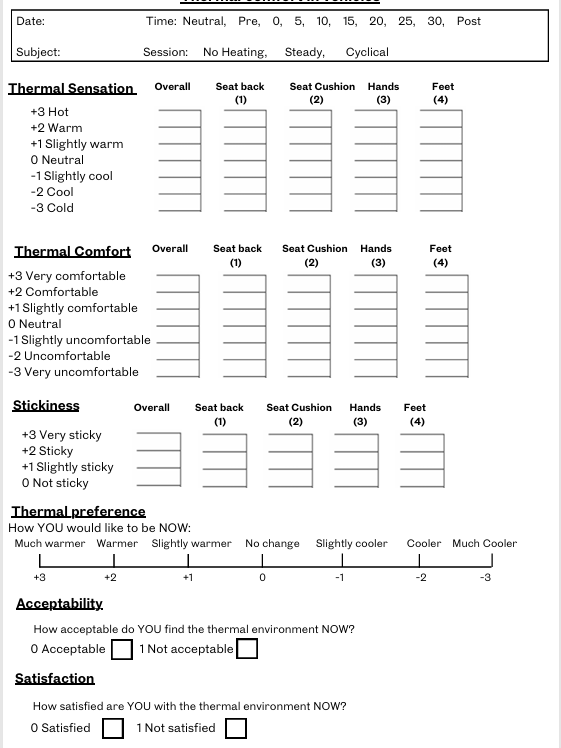
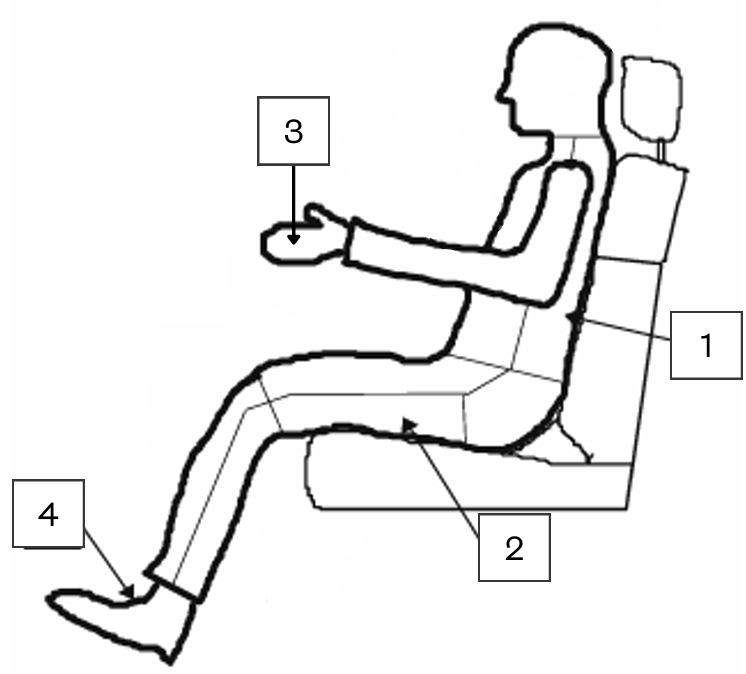
Nine participants (3 male, age = 22-67 years) took part in the study which involved three experimental conditions each lasting 35 minutes long. Different patterns of heating the heated car seat were used; no heating, cyclical and steady heating. their overall and local subjective thermal sensation and thermal comfort ratings were recorded alongside their skin temperature. The local body areas included were the back, cushion (buttocks and thighs), hands and feet. The temperature inside the climate chamber was kept at 13°C, and the clothing insulation for each participant was 0.93 Clo.
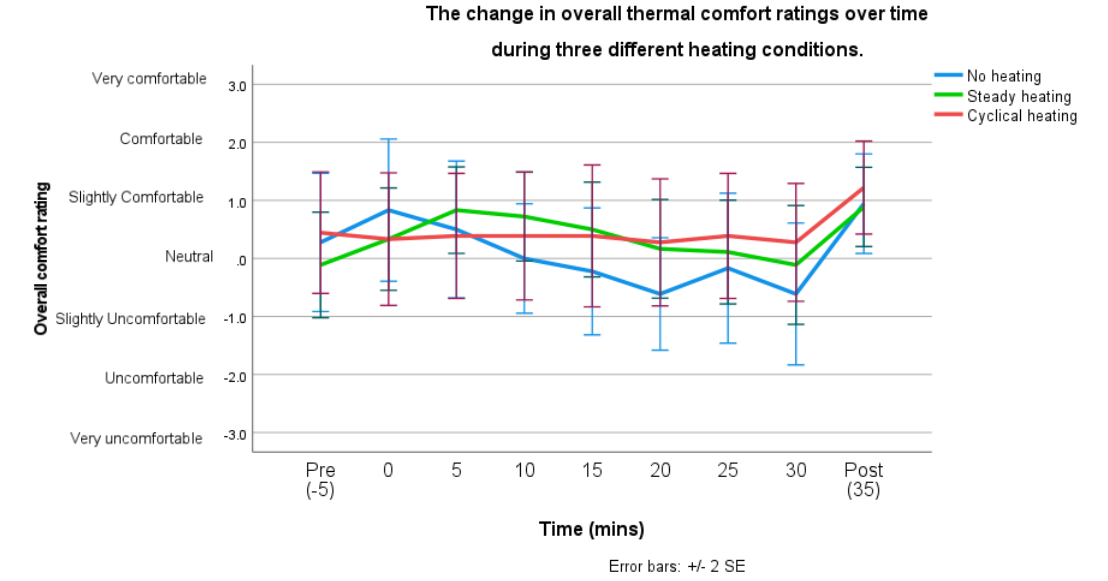
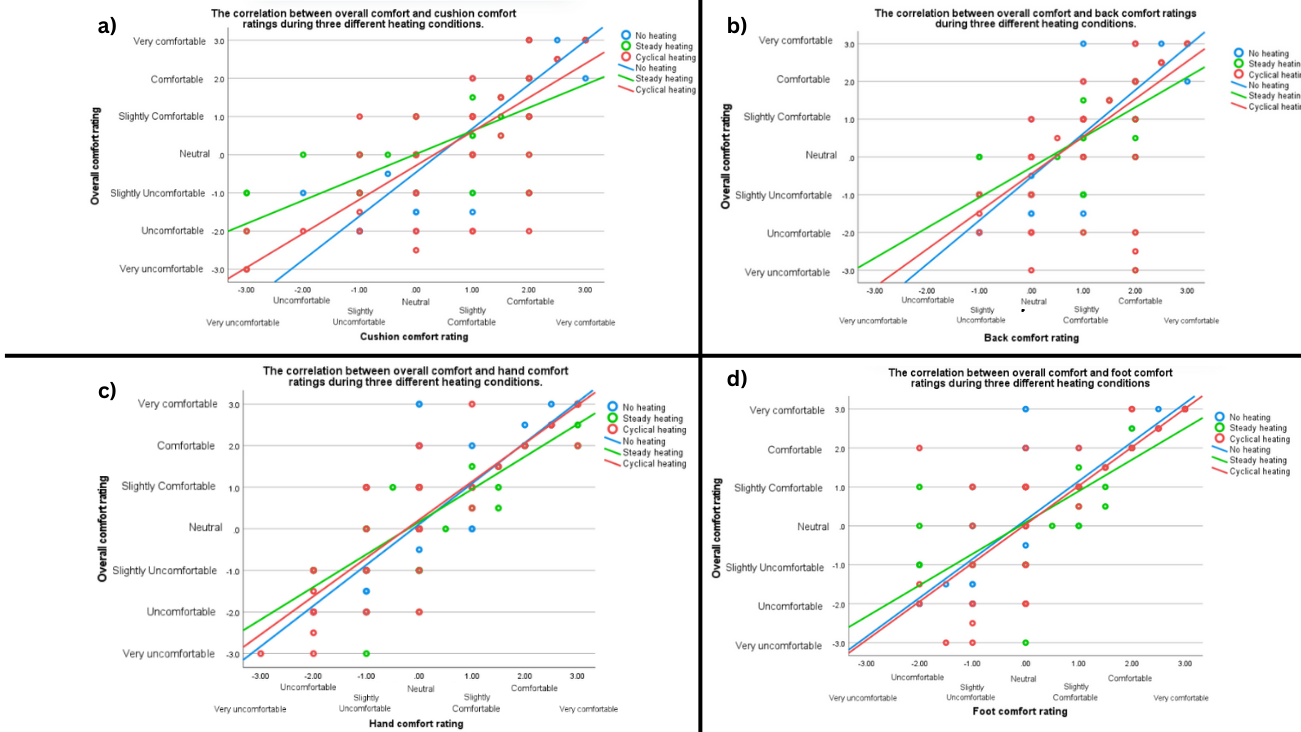
The data was analysed using SPSS, and Friedman’s ANOVAs were conducted to assess the change in skin temperature, sensation and comfort over time and between each heating condition at each timepoint. To assess the relationship between overall and local thermal comfort and sensation, Spearman’s Rho correlations were conducted.
These results suggest that when providing local heating in cool environments, a cyclical heating pattern may be just as effective as a steady heating pattern in ensuring participant’s thermal sensation and comfort remain above neutral. This is important because the cyclical heating pattern could be more energy efficient than a steady heating pattern as the heating pad/seat is not constantly turned on, so further increasing the driving range of an electric vehicle.
However, further research is needed on the impact of cyclical heating patterns at temperatures other than 13°C, so the limits to the effectiveness of a cyclical heating pattern can be found. Also, the current study did not investigate the impact of the cognitive aspects of driving on the efficacy of a cyclical heating pattern on improving thermal comfort in a vehicle.
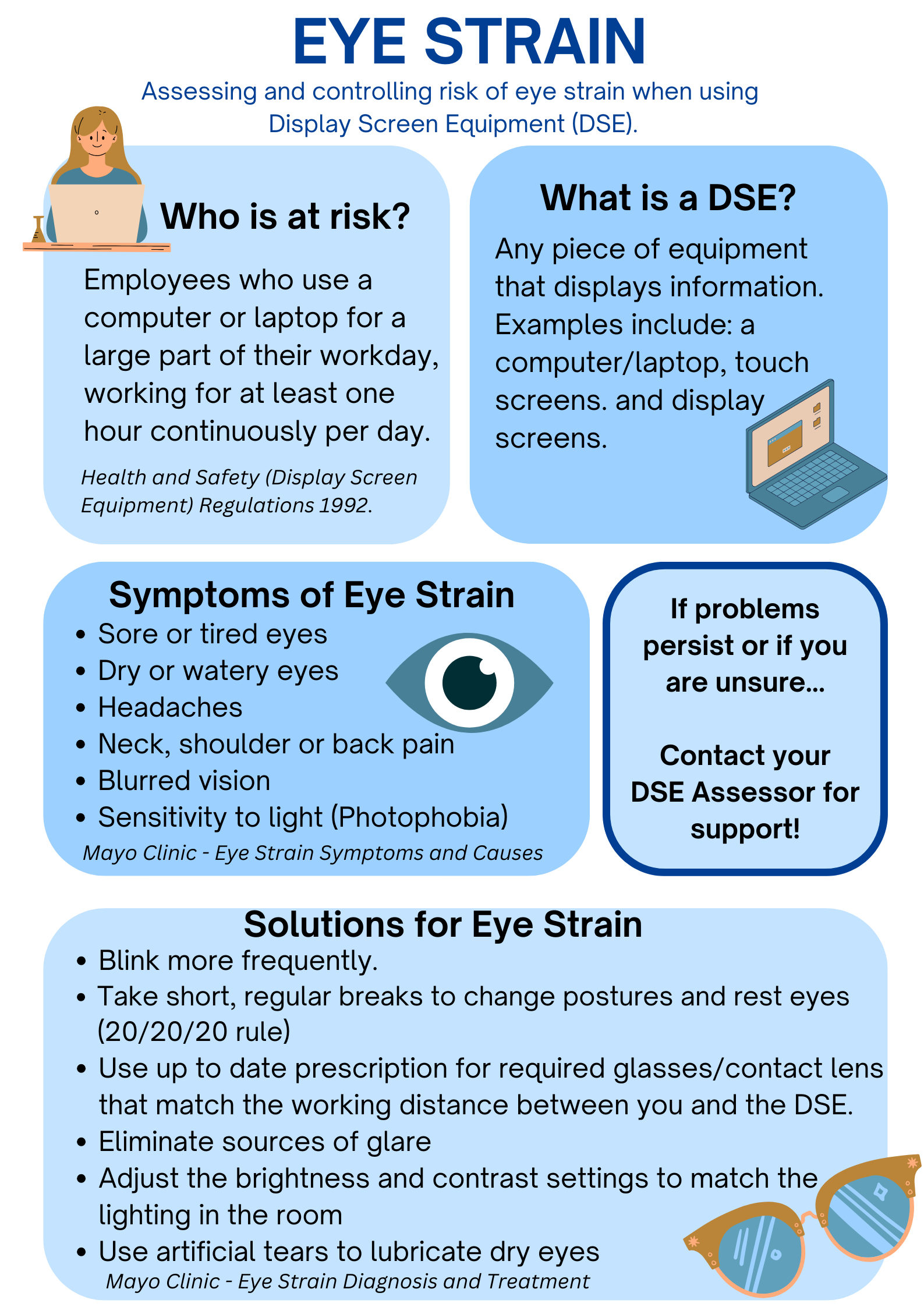
A poster was created to inform office workers of the symptoms and possible treatments of eye-strain. This coursework improved understanding of the different environmental and behavioural causes for work-place conditions and how ergonomics interventions can be used to improve.
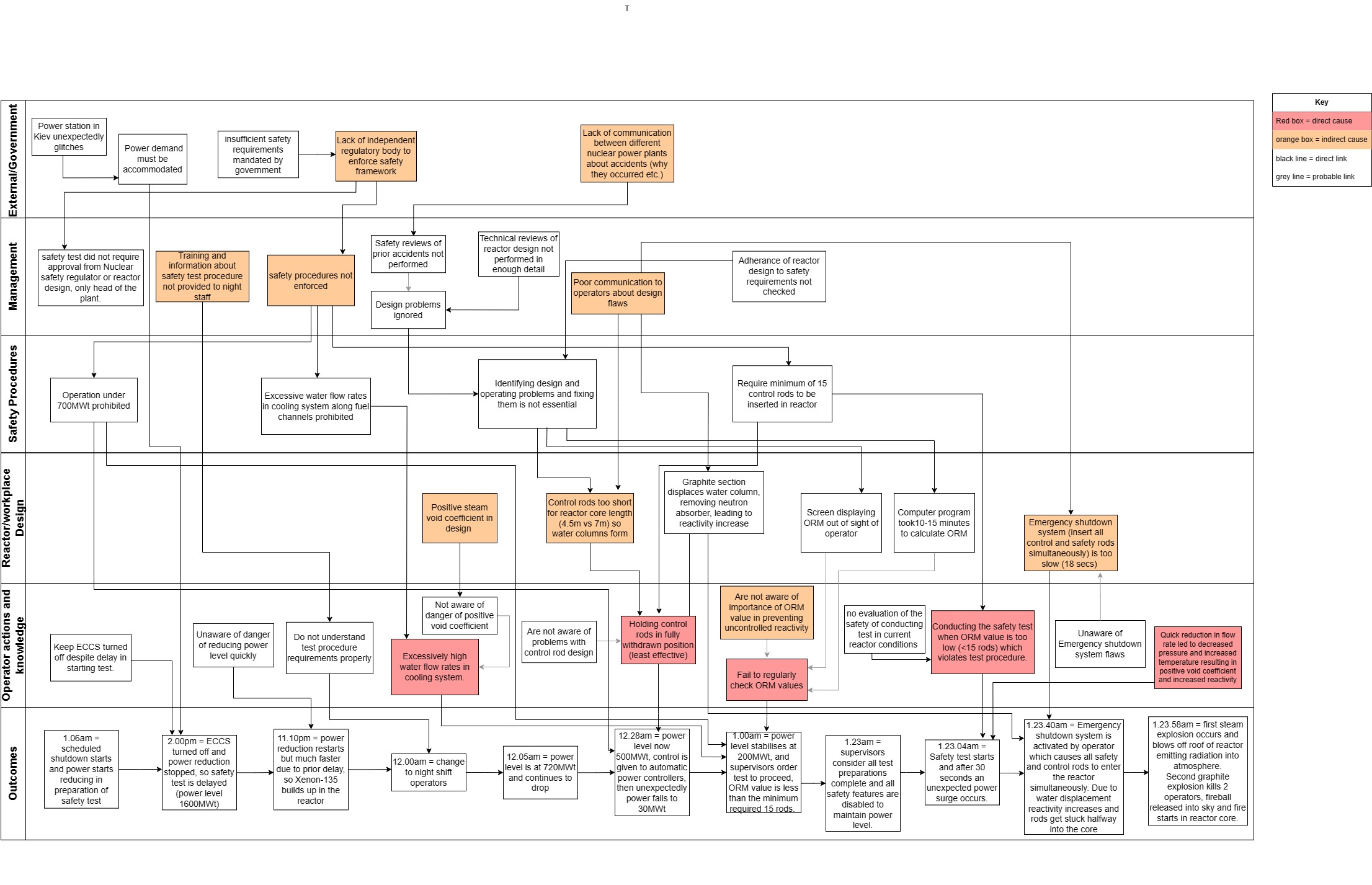
A sytems analysis was conducted to investigate the causal and contributory factors for the Chernobyl Nuclear disaster in 1986. Both the AcciMap and FRAM systems model were used to gain a better understanding of the relationships between these factors. Recommendations for each level of the system (i.e. management, operator, designer) were also made.
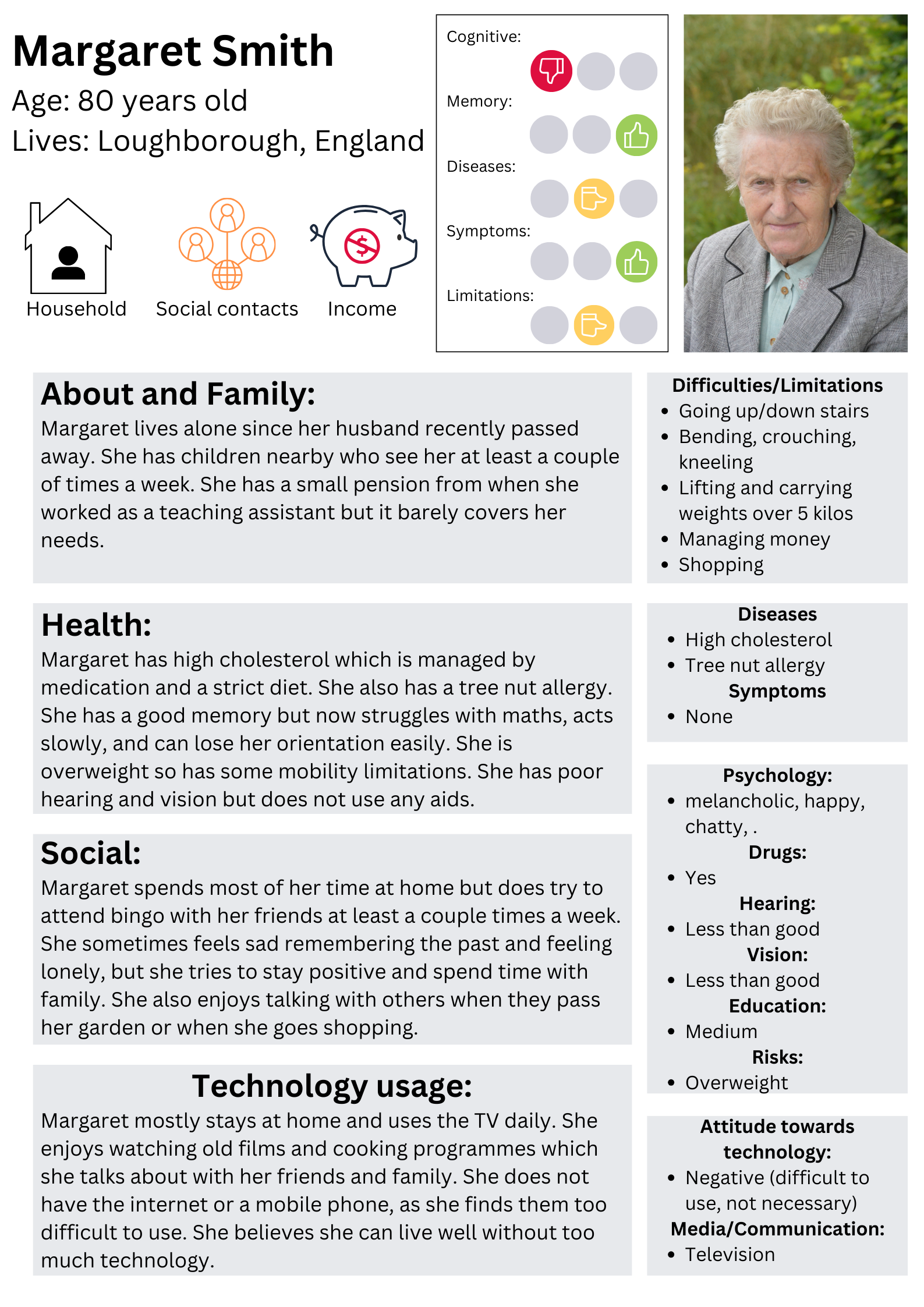
The accessibility, usability, and acceptability of grocery shopping in a supermarket was assessed considering the needs of an elderly woman with both cognitive and physical limitations. This was done by conducting a service safari with a persona in mind, so both helpful and problematic areas of the service could be identified. Recommendations to improve the design of signage, store layout and staffing levels were made.

A prototype was created for an application called ‘UniMate’ aiming to help improve the mental health of new university students when they first arrive at university by facillitating a buddy system and organising social events. User testing was conducted to identify problem areas during navigation by using time taken to complete different tasks and the error rate. These findings were then used to improve the usability of the prototype.
Hodder, S.G. and Parsons, K. (2007) ‘The effects of solar radiation on thermal comfort.’
International journal of biometeorology, 51, pp.233-250.